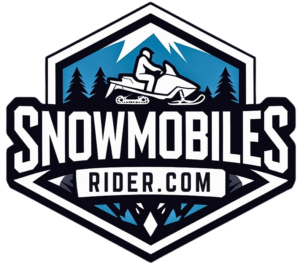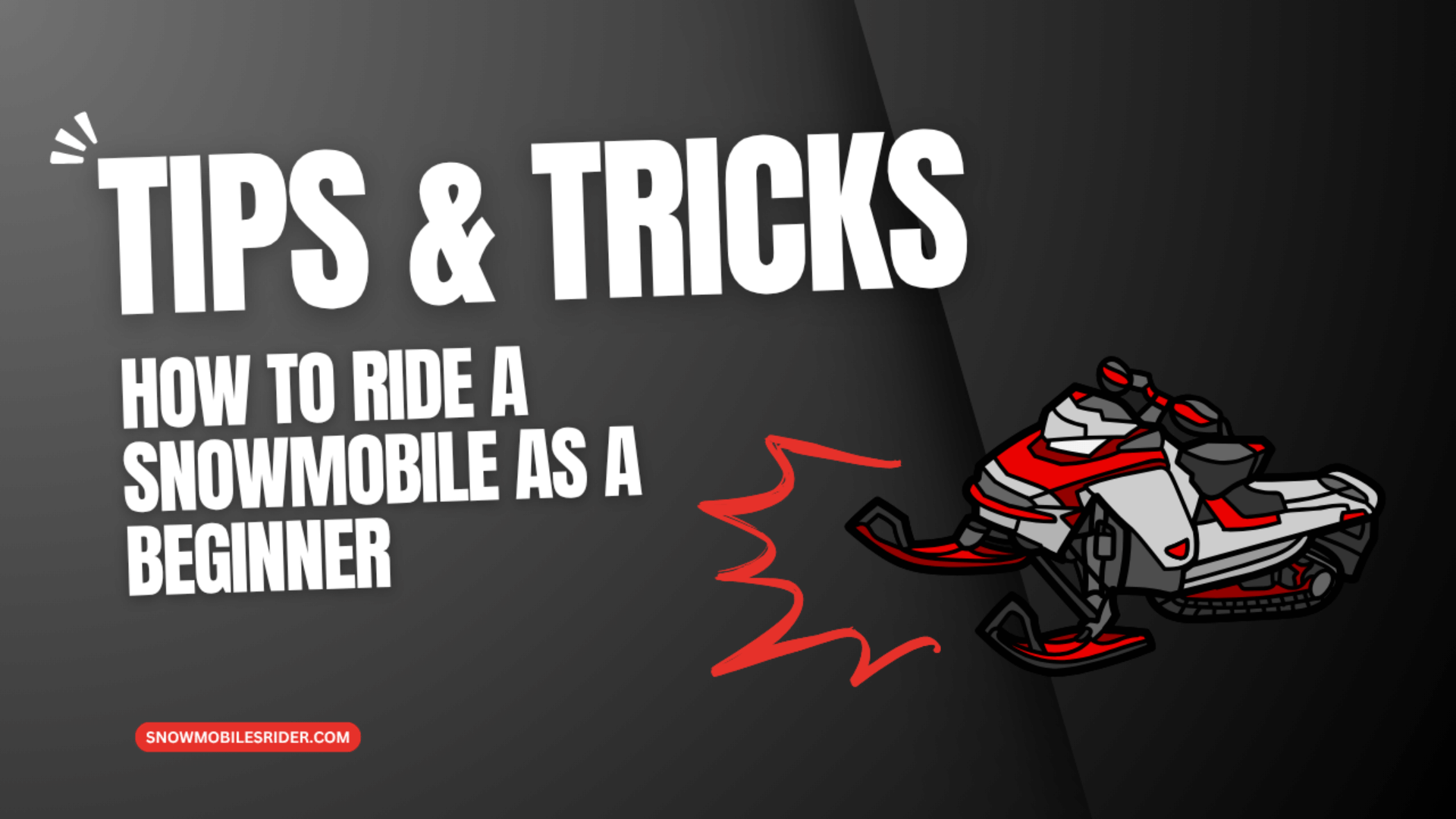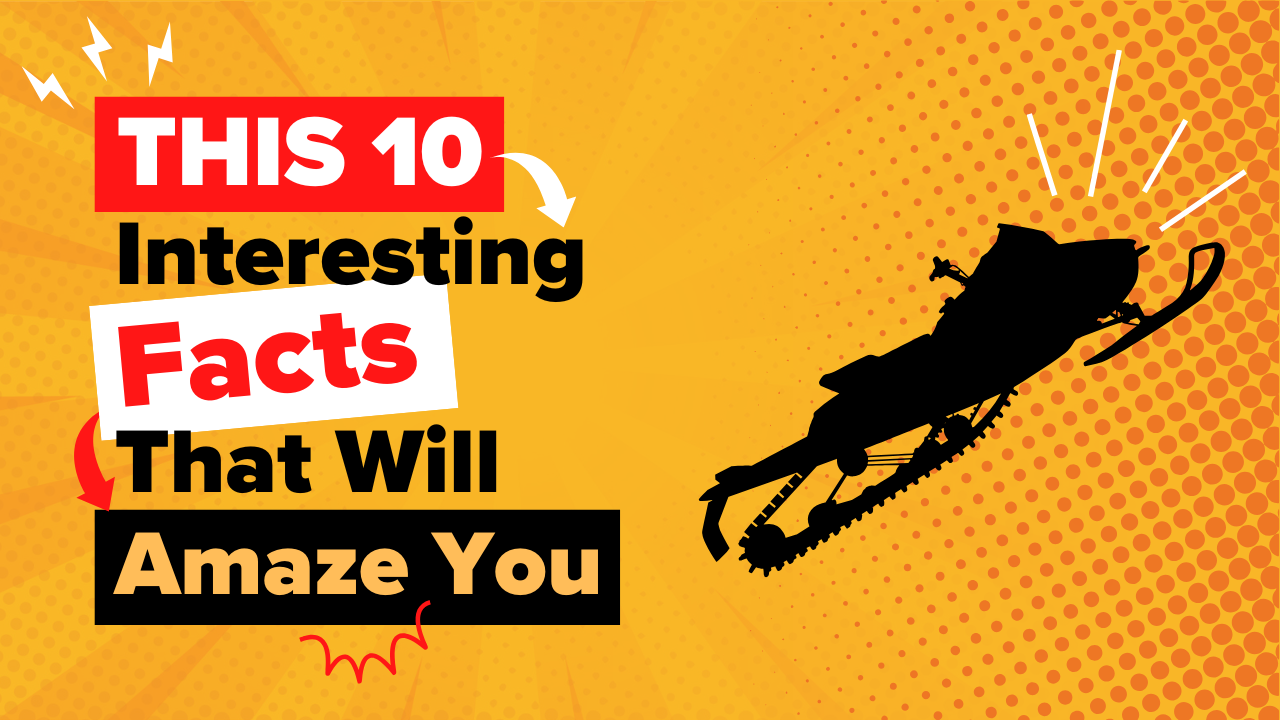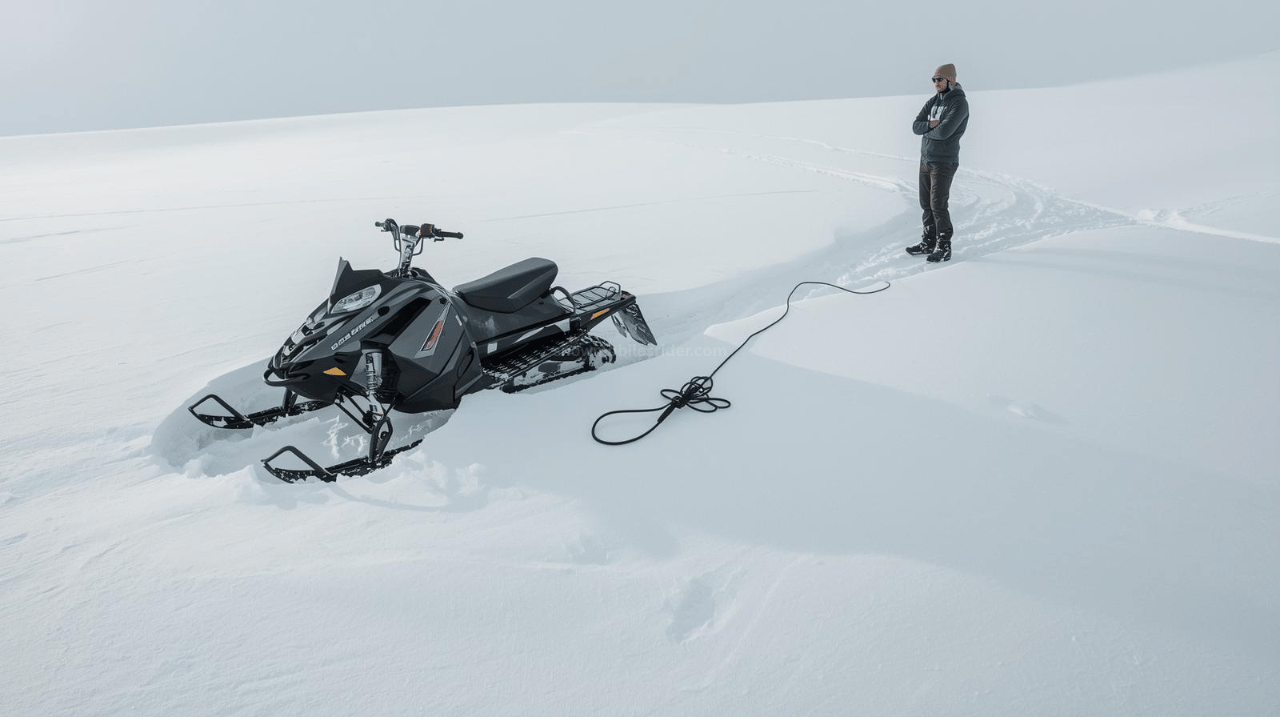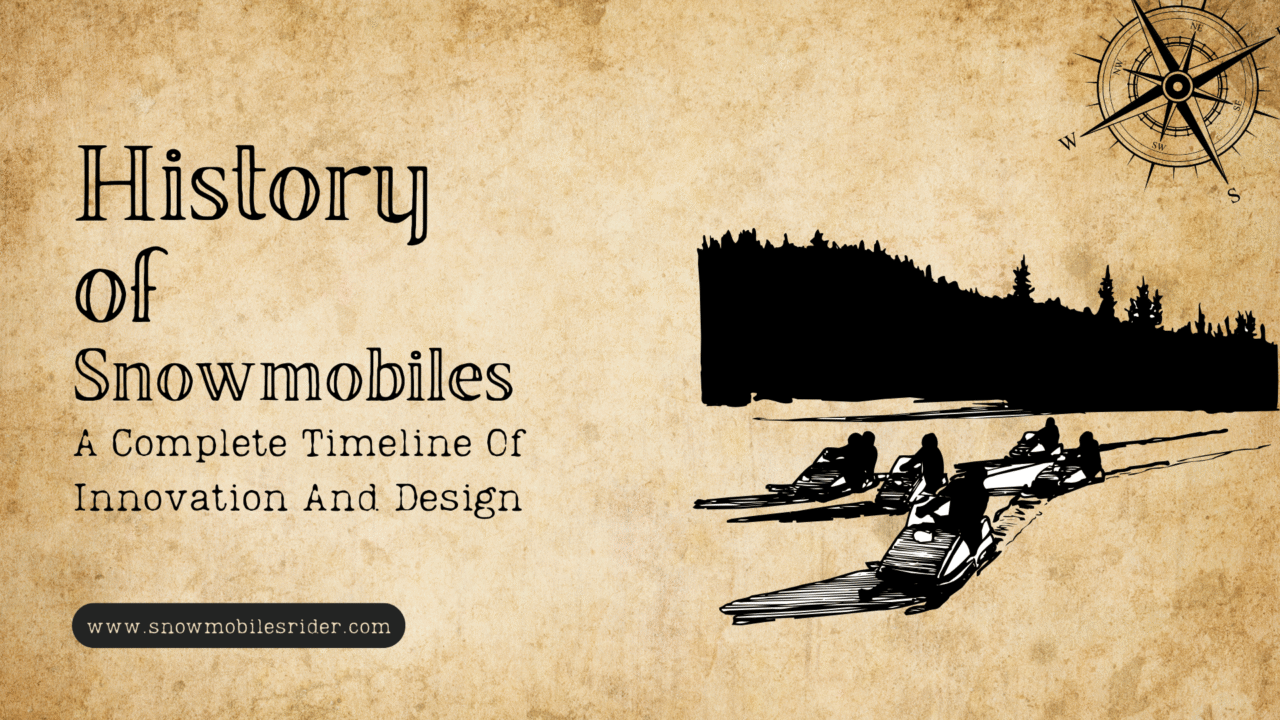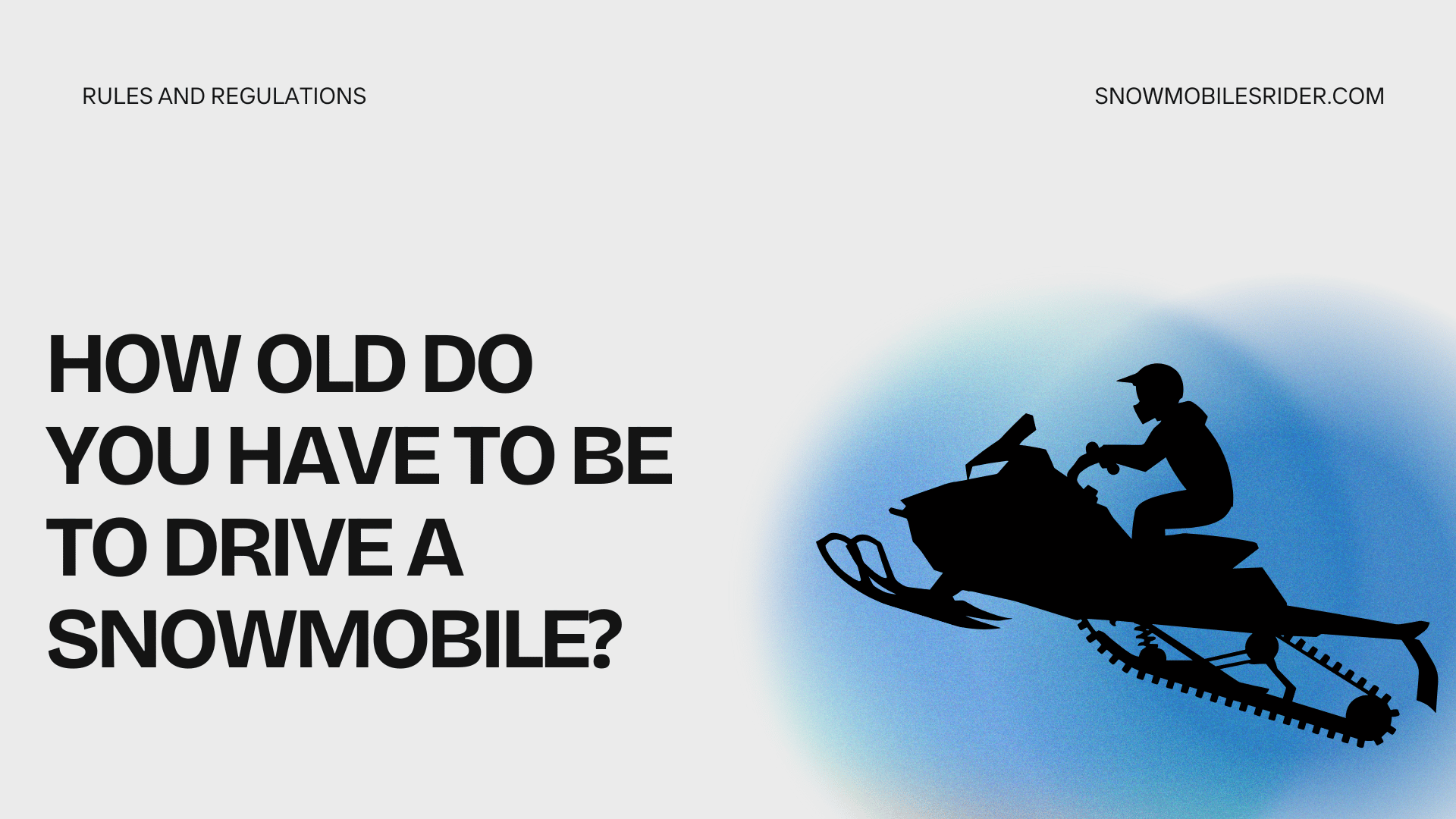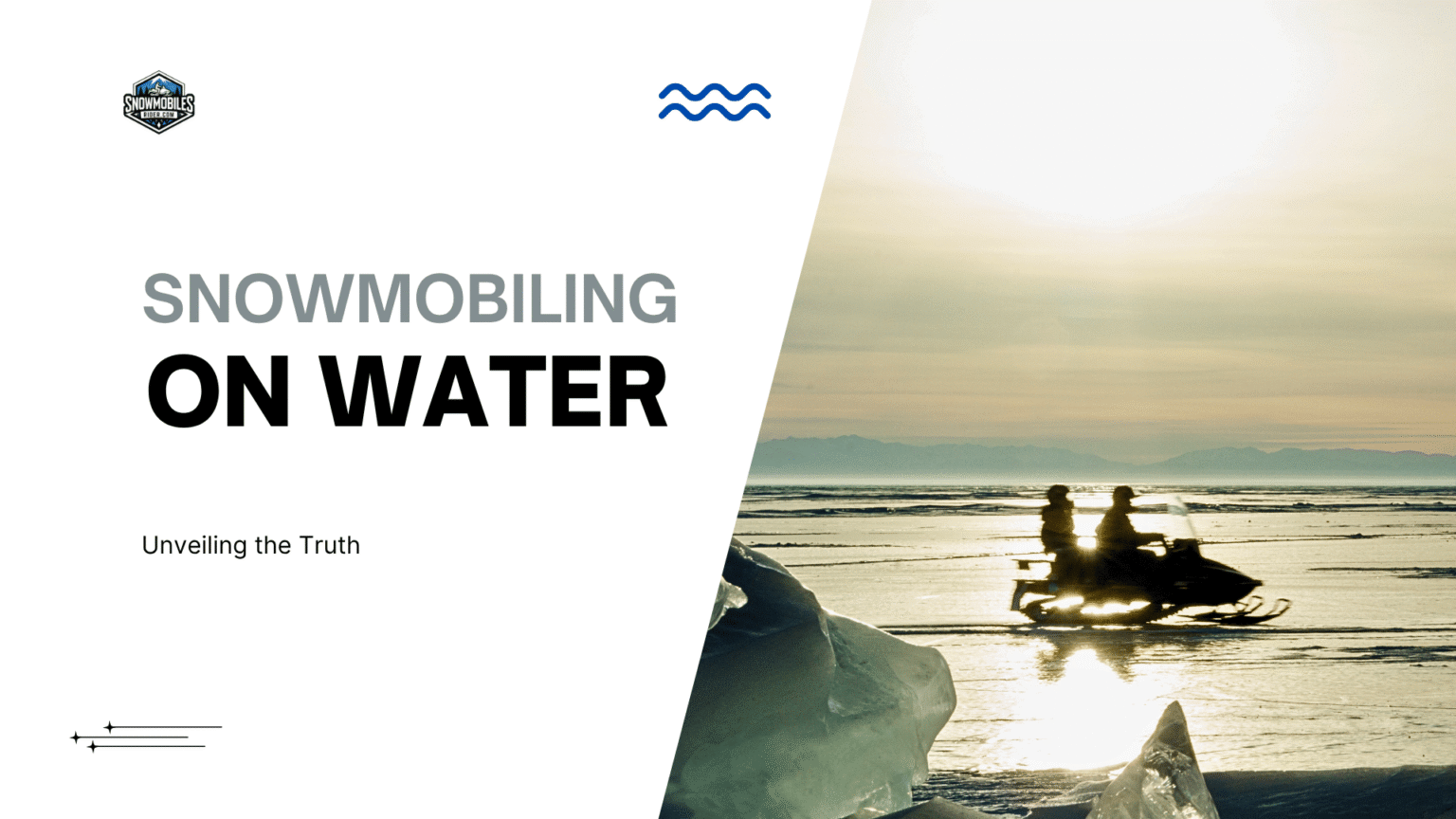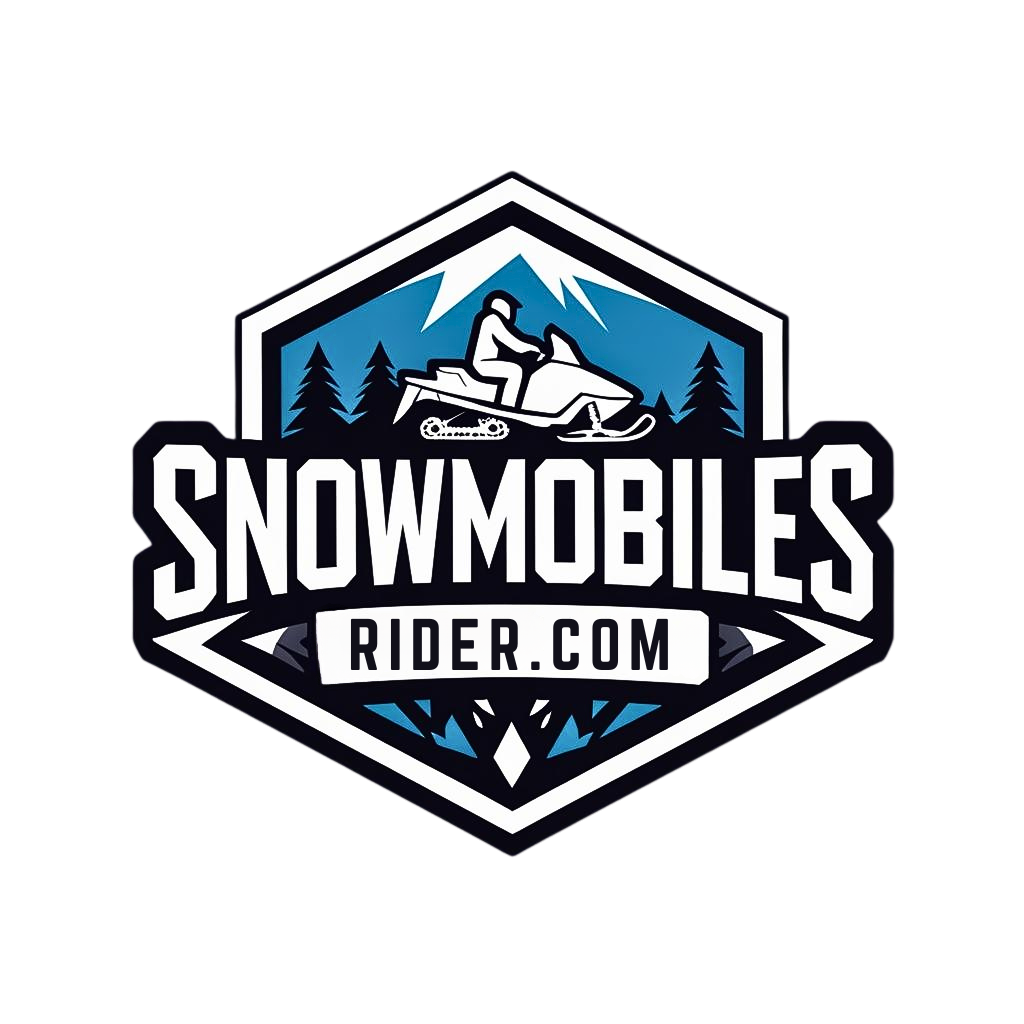Snowmobiling is one of the best winter activities that allows you to explore snowcapped mountains, wooden trails, frozen lakes, and much more. However, for beginners, snowmobiling can be a little bit difficult. But with the right preparation, along with tips and tricks, you can ride like a pro. In this article, you are going to have some best snowmobile riding tips that can make you a pro driver.
Age
Before deciding on snowmobiling, check your age; you must meet the minimum age requirements the drive a snowmobile. In almost every state, you need to pass a snowmobile security test before riding on public lands. This course teaches you a lot of tips and tricks about snowmobiling. Click here to see more about the minimum age requirements to drive a snowmobile.
Proper gear:
Before going out on your journey, you must invest in the right gear. Investing in a proper gear enhances the safety and comfort of your ride. So, before any tips and tricks, let’s have a look at this.
Helmet: Always go for a DOT-approved helmet. Having the right helmet secures your head as well as your face in case of any accident. Recently, one of my relatives had a major accident, and he is now on bed rest because in that accident, he got his jaw fractured. And this injury could have been avoided at that time if he had been wearing a helmet.
So always wear a DOT-approved and well-sized helmet.
Winter clothes: Before going out to any activity on snow, like in our case, we are going snowmobiling, wear clothes in layers. Now you will say what those layers mean. It means first wear a moisture-wicking base layer like sports wear that absorbs your sweat from the body. Then go for a fleece or full sleeve warm shirt and end with a waterproof and windproof jacket. And do not forget gloves and neck scarves.
The inner layers warm you, a nd your waterproof jacket protects you from water and wind, while the scarf is for the neck and gloves for the hands.
Goggles: Choose the best goggles for yourself because goggles not only protect your eyes from snow wind and debris but also prevent snow blindness caused by sunlight when sunlight hits the snow.
Boots: choose snowmobile-specific boots that warm your feet and insulate you from water and air.
Pads: As a beginner, to feel more secure, you can wear knee pads and elbow pads that can be very protective in case of an accident.

Beginner Tips And Tricks
- Inspecting Snowmobile: Before going out, check the fuel. Check the throttle and brakes properly, and look at the track once there is any ice on it or not.
- Ignition: Turn the key or power button on. Check if the snowmobile is neutral to avoid a sudden jerk. If it’s not starting due to very cold weather, then use the choke to start your snowmobile.
- Warm Up: Do not start moving your snowmobile immediately; warm it up a little, but before going out.
- Starting moving: Ease the throttle slowly to avoid jerking or spinning the track, especially when you are a beginner. Start moving your snowmobile slowly.
- Balance: Maintain your balance while riding. Moving forward increases the traction of the snowmobile on snow, which especially helps on deep snow and on steep slopes.
- Handling Slopes: While going upward, keep the throttle steady and lean forward. While moving downward, shift your weight backward and apply the brake to control your speed.
- Ski steering: Use the ski to steer during tight turns, and lean into the turn while maintaining control of the throttle. If you steer the snowmobile smoothly, it should naturally follow your lead.
- Stay on Familiar tracks: If you are a beginner, then it is recommended to stay on familiar tracks; do not go on such places that you are unfamiliar with as a beginner.
- Stay focused: Keep in mind that there should be hidden rocks or obstacles on the track that can unbalance you. In such cases, make a quick decision according to the situation to secure yourself.
- Deep Powder: When riding in deep snow and powder, you might need more power. If you get stuck, slowly and gently reverse with the throttle steady. You can also try moving your weight from one side to the other to get out.
- Turning On Slopes: When you turn on steep slopes, make sure your turns are wide and controlled. The snowmobile will tip over if you make sharp turns.
- Watch Your Speed: Speed can get away from you quickly, especially when going downhill. You can slow down by gently braking, but don’t slam on the brakes, as this will make you lose control.
- Sharp Turns: Avoid sharp turns at high speed because they can be very dangerous.
- Frozen lakes: It can be dangerous to travel on frozen lakes or rivers. The thickness of the ice can change, and what looks safe may not be. Always check the rules in your area to make sure the ice is thick enough to ride on; otherwise, do not take for risk.
- Emergency Kit: Always have a basic tool kit, extra spark plugs, and emergency supplies like a first aid kit, extra fuel, and a flashlight with you. These can save your life if your snowmobile breaks down or you get lost in the middle of nowhere.
- And if you are going to an unfamiliar area, use a map or GPS properly.
- Store properly: Store your snowmobile properly. Check for minor damages; if there are any, then fix them. Always keep a well-maintained snowmobile with you. Use a cover if parking outside; however, using a cover, even parking inside, is recommended.
Conclusion:
Snowmobiling can be a bit difficult for beginners, but if you follow simple tips and tricks and stick to your local rules and regulations, then everything goes smoothly. Last but not least, do not cross speed limits, as it can give you a lot of trouble. If you found any error in the above content or want us to add or edit something the feel free to contact us at any time. Your thought is the only thing that matters.
